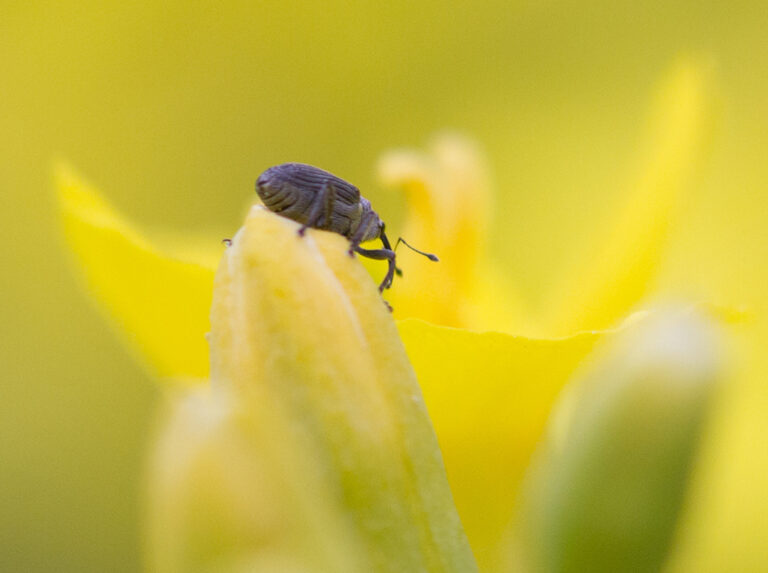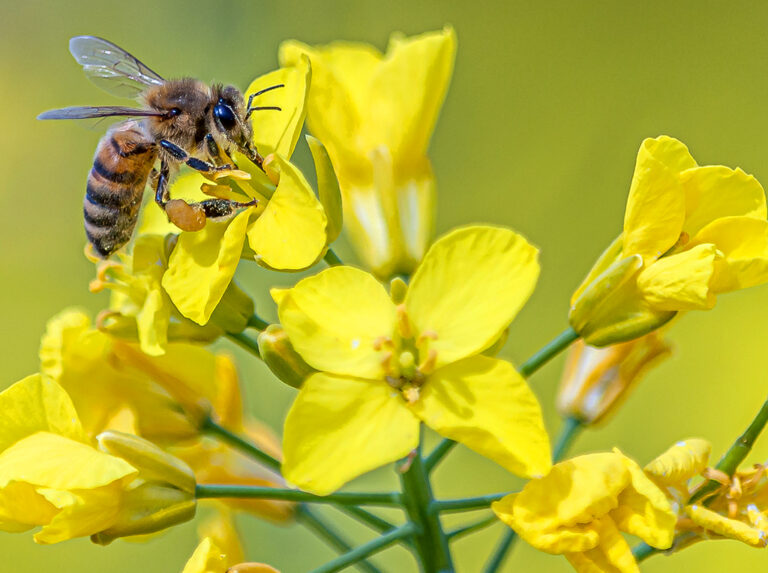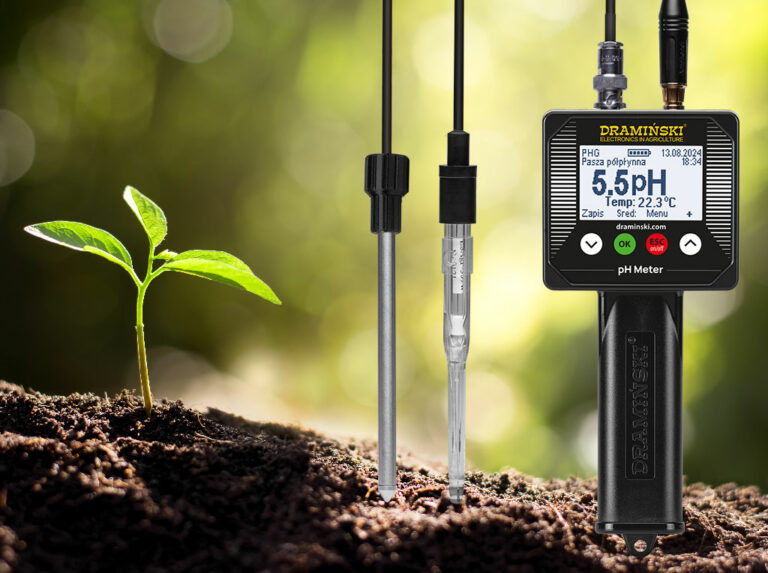When to Harvest Corn?
Choosing the right moment to harvest corn is one of the most important factors determining the quality and yield of the crop. The timing of entering the field is primarily decided by the degree of grain maturity, its moisture content, and weather conditions during the final stage of vegetation. When does corn reach harvest maturity? […]
Read more
Uterine Prolapse in Cows (Prolapsus Uteri)
Uterine prolapse is an acute clinical condition that typically occurs within 24 hours after calving and poses a direct threat to the cow’s life. It requires immediate and skilled veterinary intervention under field conditions. If left untreated or managed improperly, it can lead to severe complications or even death. Pathophysiology Uterine prolapse involves complete eversion […]
Read more
Lodged cereal crops: Managing grain moisture and the need for drying
Harvest season is a critical time for farmers—and when the weather turns unfavorable, things can quickly become complicated. Lodged cereal crops are a prime example of this challenge. Not only do they make harvesting more difficult, but they also pose a serious risk to grain quality, especially when it comes to moisture levels. Why is […]
Read more
Winter barley – smart cultivation and quality control
Winter barley is becoming one of the most promising crops in Poland, especially in areas with a temperate climate and well-managed soils. It offers high yield potential, good resistance to spring drought, and matures relatively quickly. No wonder more and more farmers are turning to this variety – especially when they can count on precise […]
Read more
Mycotoxins in Grain – A Silent Threat to Dairy Cows’ Health and Feed Quality
Mycotoxins are toxic chemical compounds produced by mold fungi, mainly from the genera Fusarium, Aspergillus, and Penicillium. They most commonly appear in grains that have been exposed to moisture and heat—both during the growing season and during storage. In dairy cows especially, the presence of mycotoxins can lead to: • reduced appetite and decreased milk production, • digestive problems […]
Read more
Hay cut in June – focus on quality and safety
June is the perfect time for the hay cut. Longer days and warmer temperatures create ideal conditions for fast drying, helping farmers harvest nutritious, high-quality forage. But good hay isn’t just about nutrition – safe storage is just as important. Monitoring moisture and temperature levels can make all the difference. When’s the right time to […]
Read more
Protecting Rapeseed from Siliqua Pests – How to Effectively Safeguard Your Crop
Spring and early summer mark a critical period in rapeseed cultivation. After dealing with stem weevils and pollen beetles, even more serious threats emerge – siliqua pests like the cabbage seed weevil and the brassica pod midge. Though small and inconspicuous, these insects can cause significant yield losses if crop protection measures aren’t applied precisely […]
Read more
Winter Rapeseed Flowering in 2025 – Protection and Care for Pollinators
The upcoming 2025 season presents new challenges for farmers regarding the protection of winter rapeseed during the early flowering stage. Rapid weather changes – sudden warming after frost followed by predicted temperature drops – demand quick and well-thought-out fungicide strategies. How can we effectively safeguard crop health while also protecting pollinating insects? Why is protection […]
Read more
Subsidies for farmers for soil liming
Encouraging Polish Farmers to Take Advantage of the Government Subsidy Program for Purchasing the PHG2 Product by Dramiński Currently, we are observing a justified trend towards increased concern for soil protection. In Poland, acidic soils are predominant, necessitating deacidification measures. It’s essential to understand the needs thoroughly and create the possibility of financing activities related […]
Read more










